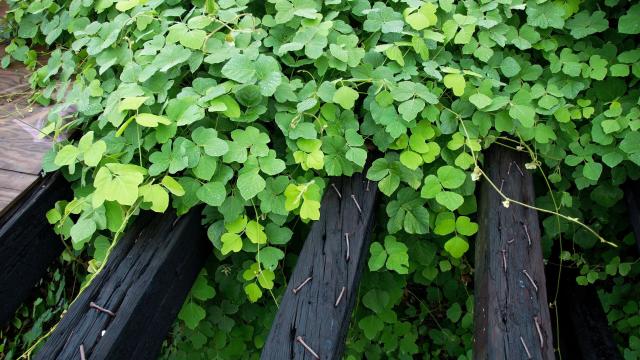For a variety of reasons — including the environmental impact — there has been more of an emphasis on growing native wildflowers, herbs, and other plants in mainstream gardening over the past several years.
If this is something you’ve looked into or attempted yourself, then you already know that the terminology and classifications can get confusing. Here’s what to know about the difference between native and neonative plants, and why it matters.
What are native plants?
When considering native plants and their ecological role, this science-based definition from Sara Tangren, PhD, a master gardener specializing in native species and a former senior agent associate at the University of Maryland Extension, is helpful:
Native plants:
- Occur naturally
- In their ecoregion and habitat where
- Over the course of evolutionary time
- They have adapted to physical conditions and co-evolved with the other species in the system.
Bonnie L. Grant, a certified urban agriculturist, offers another way of looking at native plants, in an article for Gardening Know How, noting that they are “species that have been historically recorded in an area, whether through modern observation or archaeological finds.”
What are neonative plants?
Neonative plants are species that originated and grew in one region, but after changing weather patterns and/or human interference resulted in conditions that made it difficult for them to survive, migrated to a new, more hospitable area, Grant explains in the article. They are sometimes referred to as “native invasive species,” she adds.
The impact of neonative plants
To clarify, neonative plants aren’t the same as “non-native” (sometimes also referred to as “alien”) plants, which are species that humans have introduced to a particular region, either deliberately or accidentally, according to the National Parks Service (NPS). Examples of non-native plants in the U.S. include tomatoes and petunias, which have been cultivated in some parts of the country for centuries.
Unlike neonative plants, only a small fraction of non-native plants are invasive. According to the NPS, this is one of the reasons why the terms “invasive” and “non-native” cannot be used interchangeably when it comes to plants.
As invasive species, some neonative plants pose a serious risk to their adopted home — displacing native species and disrupting the entire ecosystem, Grant explains. Ultimately, this could result in far-reaching consequences, like having a negative impact on crops historically grown in a particular region.

Leave a Reply
You must be logged in to post a comment.